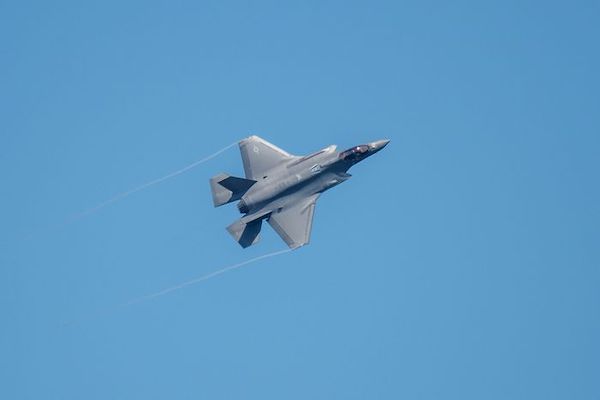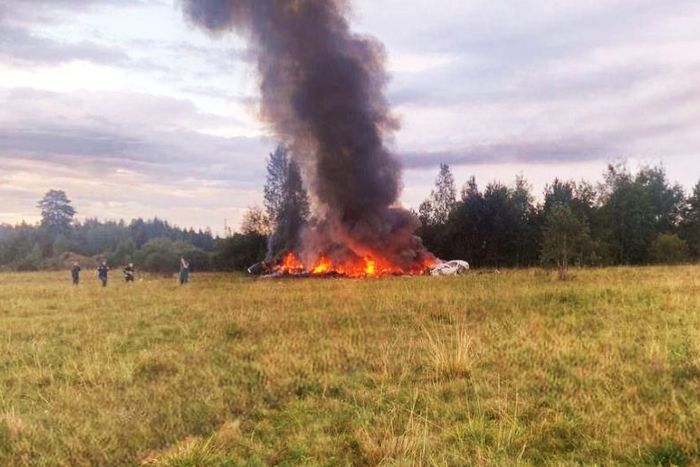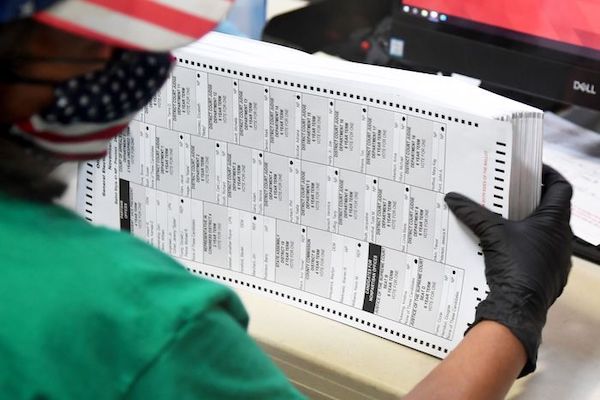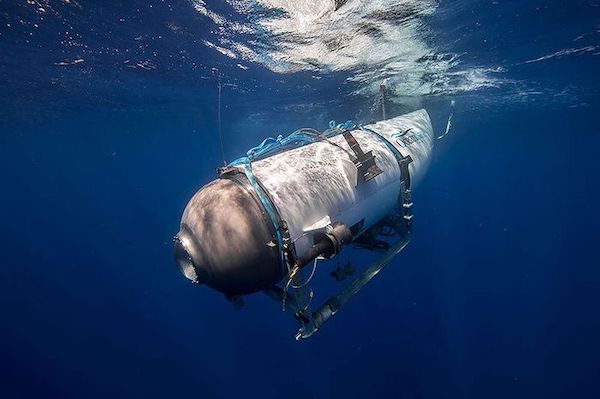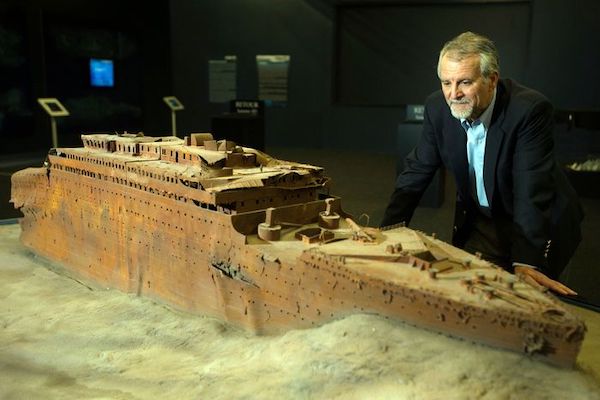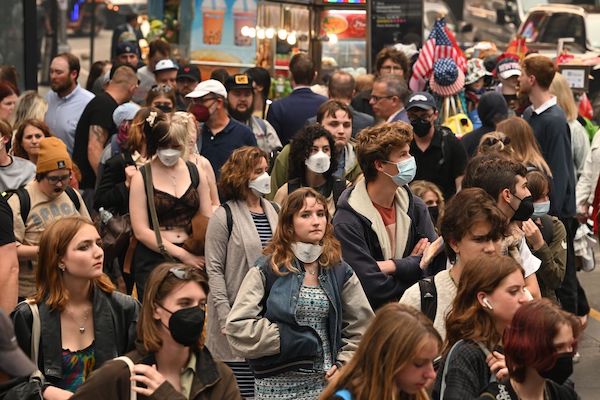It’s been a lot of fun working with the multi-talented Andy Tarnoff putting together our new podcast “Deep Dive: MH370,” which breaks down step by step the technical clues behind aviation’s greatest mystery. Here’s a peek behind the scenes:
Deep Dive: MH370
I’m pleased to announce that I’ve launched a podcast to delve into the evidence underpinning the greatest (and, I’d argue, most important) aviation mystery of all time. Andy Tarnoff and I are steadily working through the disappearance, deciphering what happened step-by-step. We’re currently on our third episode, which is the first to be both a video and an audio podcast. You can find all the episodes on our show page.
New York: F35 Fighters Are Supposed to Disappear — Just Not Like This
The U.S. Marine Corps suffered a major embarrassment yesterday when one of the $75 million top-of-the-line fighters, designed to be virtually undetectable to enemy radar, kept flying after its pilot punched out during a “mishap” Sunday afternoon. Evidently whatever had gone wrong wasn’t as bad as the pilot had feared, because the plane kept on flying on autopilot for several more hours — but to where, exactly, the Marines didn’t know, the F-35’s stealth capabilities in this context being a positive hindrance. Search planes flew grid patterns over South Carolina Monday as Joint Base Charleston put out an appeal to the public asking for “any information that may help our recovery teams.” Eventually, the wreckage was located Monday evening in a wooded area about 80 miles north of the base.
This was not the first time an F35 has been lost, in either sense of the word. In 2019, a Japanese F-35 vanished off the coast of Honshu during a training flight; pieces of debris and the pilot’s body were located, but the plane itself was never found. Last January, a U.S. Navy F-35 slid off the deck of the aircraft carrier USS Carl Vinson after a botched landing and sank to the bottom. A month later it was successfully recovered from a depth of 12,400 feet. In 2018, the U.S. grounded the entire fleet after an earlier crash in South Carolina. All told, at least half a dozen F-35s have been destroyed in various mishaps, with others severely damaged but repairable.
[Here’s video of a pilot ejecting from an F35 at low altitude shortly before it crashed in Forth Worth, Texas last December]
Continue reading New York: F35 Fighters Are Supposed to Disappear — Just Not Like ThisNew York: In Russia, No One Is Safe in the Air
The apparent downing of the business jet carrying Wagner chief Evgeniy Prigozhin delivered a suitably brutal end to one of Putin’s most ruthless and effective deputies. It also underlined the extent to which Russia has been willing to set aside the niceties of aviation safety in the raw exercise of power.
Throughout the rest of the world, civil aviation is sacrosanct, a highly protected and regulated industry bound by international treaties enforced by powerful agencies like the Federal Aviation Administration in the United States and the European Union Aviation Safety Agency in the EU. Passenger safety is paramount. As a result, fatal accidents are exceedingly rare: The United State hasn’t had a fatal crash since 2009.
In 1978, the Soviet Union shot down an off-course Korean Air Lines 707, forcing it to crash-land on a frozen lake with the loss of two of the passengers and crew. Five years later, it shot down another off-course Korean Air Lines airliner over the Sea of Japan, killing all 269 aboard. In both cases, Soviet officials claimed that they were acting in self-defense, yet in both fighter jets had approached close enough to their targets to see that they were civilian airliners.
After the fall of the Soviet Union, its successor state, the Russian Federation, modernized its civilian aircraft fleet, and for a time safety improved. But after former KGB agent Vladimir Putin came to power in 1999, the Kremlin gradually returned to its old ways. In 2014, as a Russia-backed insurgency raged in the eastern part of Ukraine, a regular Russian army anti-aircraft unit shot down a Malaysian Airlines 777 en route from the Netherlands to Malaysia as it neared the border between Ukraine and Russia. All 298 passengers and crew were killed. To this day, it remains unclear why the plane was shot down, but in the aftermath Ukraine halted its air-force attacks on Russian ground units and its counteroffensive against the invaders stalled.
Continue reading New York: In Russia, No One Is Safe in the AirNew York: The Floating Speck That Promised to Change the World
The video is subtle. A small, regular chip of stonelike material as wide as the end of a ballpoint pen rests on a flat metal surface. But it’s not resting, exactly: While one end touches the metal, the other end floats above the surface, and when pushed it bobs like a cork. It’s levitating.
If the physical scale of the phenomenon was small, the response by science enthusiasts was anything but. “Today might have seen the biggest physics discovery of my lifetime. I don’t think people fully grasp the implications,” a former Princeton physics undergraduate named Alex Kaplan tweeted. The tweet has since been viewed 30 million times.
The video was attached to one of a pair of papers published by a team of researchers from South Korea on July 22 on the Arxiv preprint server, a site where scientists can post papers that haven’t yet been through the peer-review vetting process. They described the results of experiments conducted with LK-99, a lab-made substance containing lead, oxygen, phosphorus, and sulfur. (The name derives from the initials of its inventors and the year they created it.) The levitation could be explained by the Meissner effect, a characteristic of materials that are superconducting, meaning they carry electrical current without any resistance. The authors made no bones about what they thought they’d found, titling one of their reports “The First Room-Temperature Ambient-Pressure Superconductor.” This was no modest claim; scientists have spent decades searching for a substance that is superconducting under normal, day-to-day conditions, and finding one would have a revolutionary impact on a wide range of industries. “Our new development will be a brand-new historical event that opens a new era for humankind,” the authors concluded.
The story spread far and wide, from Twitter, Tik Tok, and Twitch to everymainstream publication. One of the science influencers touting LK-99’s incredible potential was San Francisco–based applied physicist Andrew Cote, who tweeted, “if successful LK-99 would be a watershed moment for humanity easily on-par with invention of the transistor.” His tweets, too, received millions of views.
As the news spread, so did optimism. For a time, one online betting market was posting better-than-even odds that the superconductor claims would pan out.
But would the findings prove replicable?
Continue reading New York: The Floating Speck That Promised to Change the WorldNew York: Could Trump Get Tossed Off 2024’s Ballots?
Donald Trump’s indictment on charges relating to his attempt to overturn the election, which led to the January 6 insurrection, represents not just a major legal hazard for the former president but also a potential political risk. The Constitution states officeholders who have “engaged in insurrection or rebellion” against the United States are unable to hold office. Already, anti-Trump advocates plan to use the charges tying Trump to the coup attempt to get him removed from the 2024 ballot.
The two main groups behind the effort to bar Trump’s candidacy are Free Speech for the People, a nonprofit aimed at fighting corruption and political inequality, and the watchdog organization Citizens For Responsibility and Ethics in Washington. Both are likely to start filing multiple challenges in dozens of states this November after states have set their primary rules. “We are focused on bringing the strongest case possible against Donald Trump,” says Donald Sherman, CREW’s senior vice-president and chief counsel. “This is not a messaging exercise. We are bringing a case to win.”
Continue reading New York: Could Trump Get Tossed Off 2024’s Ballots?New York: The Airstocracy: Six things to know about flying with the superrich
It was all quite serene, at first. Out on a gated-off section of taxiway at Geneva Airport in May, a row of private jets (PJs, to fans) gleamed under the warm spring sun: Bombardier Challengers, Dassault Falcons, and Gulfstreams stood in a line beneath the distant verdure of the Alps. The display was part of the European Business Aviation Convention and Exhibition, a yearly confab that brings together manufacturers and service providers with their ultrarich customers in a politically neutral safe space. Velvet ropes and red carpets separated the curious onlookers from the VIPs being escorted aboard to tour the cabins and cockpits with swiveling leather club chairs, walnut veneer, and, in at least one case, a stateroom with an extra-long seat belt stretching across a full-size bed. The vibe was discreet, calm, befitting an environment designed to cosset the fortunate as they wafted through the upper reaches of the stratosphere.
Then, a hubbub of shouting and a rumble of footsteps. A hundred young climate protesters wearing orange vests like airport workers had broken through the fences and were racing toward the aircraft, juking past the employees who were trying to fend them off. Not all the manufacturers’ employees fought with equal vigor. “You really found out where people’s loyalties lay,” one told me later. “Some ran forward, and some cowered.” Amid the confusion, a few protesters managed to handcuff themselves to some of the planes’ landing gear, where they chanted and held signs reading “Private Jets Burn Our Future” and “Fuel Inequality.” In the end, police hauled off the protesters, and the trade show went on, albeit with a slightly shaky, post-traumatic skittishness.
The skirmish encapsulated the tensions that have begun to grip private aviation. At a time when income inequality has reached dizzying extremes, there has never been so much money pouring into an industry that’s become a byword for extreme luxury, nor has flying private enjoyed so much cultural resonance: stealing scenes in Succession and BlackBerry, infiltrating news headlines about Supreme Court justices, inspiring rap lyrics, and obsessing thirsty TikTokers. At the same time, it’s come under withering attack as a proxy for the self-destructive obliviousness of the megarich and become a symbol of how unfair and unsustainable their privilege is. With regulations tightening in several European countries and pressure building for more, it’s entirely possible that private flying’s sudden cultural ascendancy could help pave the way for its ultimate demise.
Continue reading New York: The Airstocracy: Six things to know about flying with the superrichNew York: The Titanic Sub Passengers Probably Died Days Ago
The Coast Guard announced at a press conference on Thursday that debris from the submersible Titan was found on the seafloor near the Titanic, confirming the deaths of the five crew members onboard.
While searching an area of flat seabed approximately 1,600 feet from the bow of the Titanic, a remotely operated vehicle discovered “five major pieces of debris that told us it was the remains of the Titan,” said undersea expert Paul Hanken, including the front end of the pressure hull. “That was the first indication that it was a catastrophic event.”
Continue reading New York: The Titanic Sub Passengers Probably Died Days AgoNew York: Deep-Sea Search Expert Is Aboard Missing Titanic Submersible
Rescuers are racing against the clock to find a submersible that has gone missing near the Titanic wreckage with one of the world’s most knowledgeable deep-ocean search experts currently onboard. Paul-Henri Nargeolet, 77, was piloting the minivan-size submersible Titan on Sunday with four passengers aboard. It lost contact with the surface an hour and 45 minutes after its descent and has not been heard from since. At a press conference on Tuesday, a U.S. Coast Guard spokesman said the Titan had about 40 or 41 hours of oxygen left.
Dubbed “Mr. Titanic” by the media for his frequent dives to the wreck of the doomed liner, Nargeolet is a world-renowned underwater-search authority who helped locate a French aircraft that went missing in the middle of the Atlantic Ocean in 2009.
Continue reading New York: Deep-Sea Search Expert Is Aboard Missing Titanic SubmersibleNew York: What Wildfire Smoke Does to the Human Body
The wildfire smoke that turned Manhattan skies blood orange on Wednesday topped out at an air-quality index (AQI) of 352, the worst ever recorded in the city. The danger level was color-coded maroon, or “hazardous,” the most severe rating. The air looked and smelled apocalyptic, but how hazardous is “hazardous,” actually, for your health?
The short answer: It’s bad, but don’t panic.
Continue reading New York: What Wildfire Smoke Does to the Human Body